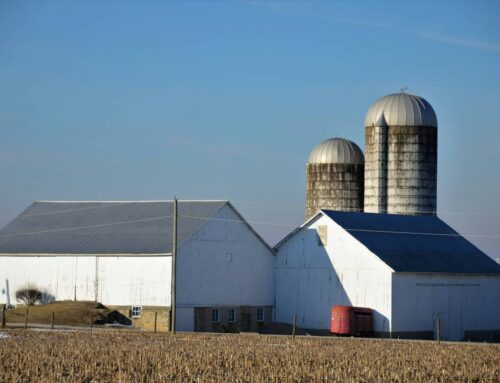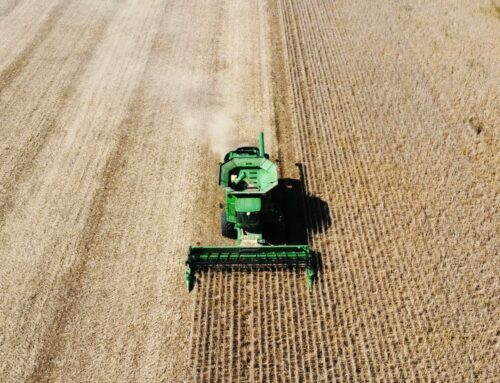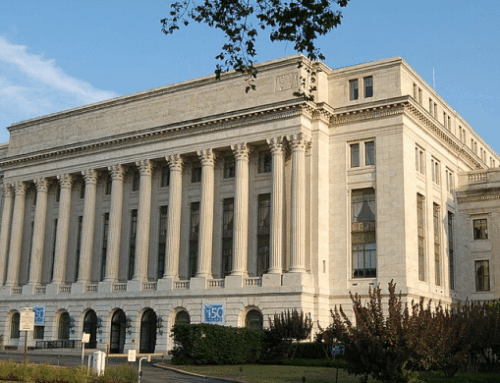Proponents of increased federal subsidization of the farming sector secured billions in additional farm subsidies as part of the recently passed COVID-19 spending bill. While the relief bill cut the price tag for agriculture subsidies in half compared to the last COVID relief bill unveiled in the Senate in July, the bill contains more carveouts for specific commodities. Though designated as “emergency” spending, most of the funds won’t leave the Treasury any time soon. So instead of adding to the $119.6 billion in net farm income for 2020 (the highest level since 2013), most of this will actually pad income in 2021.
Within the recently passed bill, $11.2 billion is included for the Secretary of Agriculture to make direct payments to agricultural producers, as well as purchases of food and agriculture products like seafood, dairy, fresh produce, and meat products. The HEALS Act that was introduced in the Senate in July would have included $20 billion while the House Democrats’ HEROES Act directed $16.5 billion
Even at $11 billion, the new COVID-19 stimulus looks designed to keep agricultural subsidies flowing in 2021 more than to address emergency needs from 2020. Government payments to the agriculture sector reached historic levels in 2020. According to USDA’s Economic Research Service, total payments will reach $56.3 billion (nearly half of net farm income).
Industry group estimates of economic damage due to the pandemic was $51.2 billion for 2020. Congress and the USDA authorized $33 billion through the CARES Act for the first two rounds of Coronavirus Food Assistance Payments (CFAP) in 2020. Meaning 64 percent of all claimed losses were covered through the two rounds of CFAP. But there’s also commodity payments to farmers, crop insurance indemnities, and other taxpayer funded programs that benefit farmers and ranchers. With commodity prices generally reaching at or above pre-pandemic levels, the majority of ag losses did not materialize. Yet farmers and ranchers will receive $11.2 billion in direct payments as pandemic relief.
The agriculture sector will not be able to thrive if farmers and ranchers rely on government payments to survive. With half of all farm income coming from taxpayers in 2020, members of Congress are helping farmers and ranchers stem the government payments withdrawal headache they will feel in 2021. Instead, lawmakers should be removing the barriers that lead to agricultural producers becoming more resilient to environmental and financial shocks. So that farmers will survive the next international pandemic or environmental disaster.










